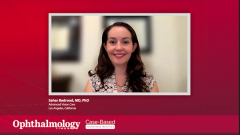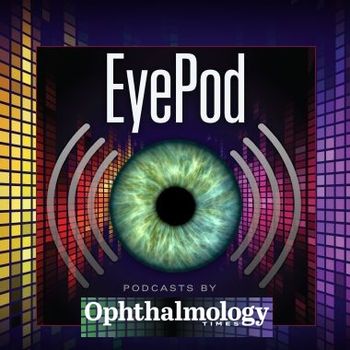
Treating Angle Closure and Elevated IOP with Topical Therapy and Canaloplasty
An expert discusses how she managed an unusual case of a patient with high myopia with angle closure and elevated intraocular pressure (IOP) through cataract extraction with toric lens implantation, combined with canaloplasty and endocyclophotocoagulation (ECP) to address both the refractive needs and anatomical causes of the condition.
An urgent case involved a 59-year-old woman presenting with acute angle closure, elevated IOP (33 mm Hg), and paradoxical high myopia (–12 to –13 D). Despite the unusual combination of angle closure in a highly myopic patient, gonioscopy revealed severely closed angles with minimal trabecular meshwork visibility. The patient also exhibited significant RNFL thinning and superior arcuate visual field defects consistent with moderate-to-severe glaucoma damage.
Initial management focused on rapid IOP reduction using topical medications, which successfully lowered the pressure and stabilized the acute condition. Given the patient’s refractive needs and closed-angle anatomy, cataract extraction was chosen over laser peripheral iridotomy. The surgical plan included femtosecond-assisted cataract surgery with a Tecnis Eyhance toric IOL, followed by iTrack canaloplasty and ECP to address outflow enhancement and angle opening.
The combined surgical approach successfully opened the previously closed angles and achieved sustained IOP control. Canaloplasty involved 360° catheterization of Schlemm canal with viscoelastic injection to restore conventional outflow pathways. ECP was added to shrink ciliary processes and mechanically open the angle structure. This case demonstrates that not all angle closure requires the same treatment approach, and combining refractive surgery with glaucoma procedures can achieve multiple therapeutic goals while minimizing future interventions and optimizing patient outcomes.
Newsletter
Don’t miss out—get Ophthalmology Times updates on the latest clinical advancements and expert interviews, straight to your inbox.














































